What factors does the selection of pressure transmitter depend on?
1. What kind of pressure does the transmitter measure: first determine the large value of the measured pressure in the system. Generally speaking, it is necessary to choose a transmitter with a pressure range about 1.5 times larger than the large value.
This is mainly due to the fact that there are peaks and continuous irregular fluctuations up and down in many systems, especially in water pressure measurement and processing, and this instantaneous peak can destroy the pressure sensor, however, because doing so will reduce the accuracy.
Therefore, a buffer can be used to reduce the pressure burr, but this will reduce the response speed of the sensor.
Therefore, when selecting the transmitter, we should fully consider the pressure range, accuracy and its stability.
2. What kind of pressure medium: what we need to consider is the medium measured by the pressure transmitter, the viscous liquid and mud will block the pressure interface, and whether the solvent or corrosive material will destroy the materials that are in direct contact with these media.
In general, the contact medium part of the pressure transmitter is made of 316 stainless steel, if your medium is not corrosive to 316 stainless steel, then basically all the pressure transmitters are suitable for your medium pressure measurement.
If your medium is corrosive to 316 stainless steel, then we should use a chemical seal, which can not only measure the pressure of the medium, but also effectively prevent the contact between the medium and the liquid part of the pressure transmitter, thus protecting the pressure transmitter and prolonging the life of the pressure transmitter.
3. How much accuracy does the transmitter need: the accuracy is determined by nonlinearity, hysteresis, non-repeatability, temperature, zero offset scale, and the influence of temperature.
However, it is mainly caused by non-linearity, hysteresis and non-repeatability. the higher the precision, the higher the price.
Each kind of electronic measuring meter will have accuracy error, but because the accuracy level of each country is different, for example, the accuracy of national standards such as China and the United States is the part of the sensor with good linearity, that is, the accuracy of what we usually call the measuring range is between 10% and 90%.
On the other hand, the accuracy of the European standard is the part with poor linearity, that is, the accuracy of what we usually call the inverse measurement is 0 to 10% and between 90% and 100%. For example, if the accuracy of the European standard is 1%, the accuracy of the target in China is 0.5%.



2023-11-11